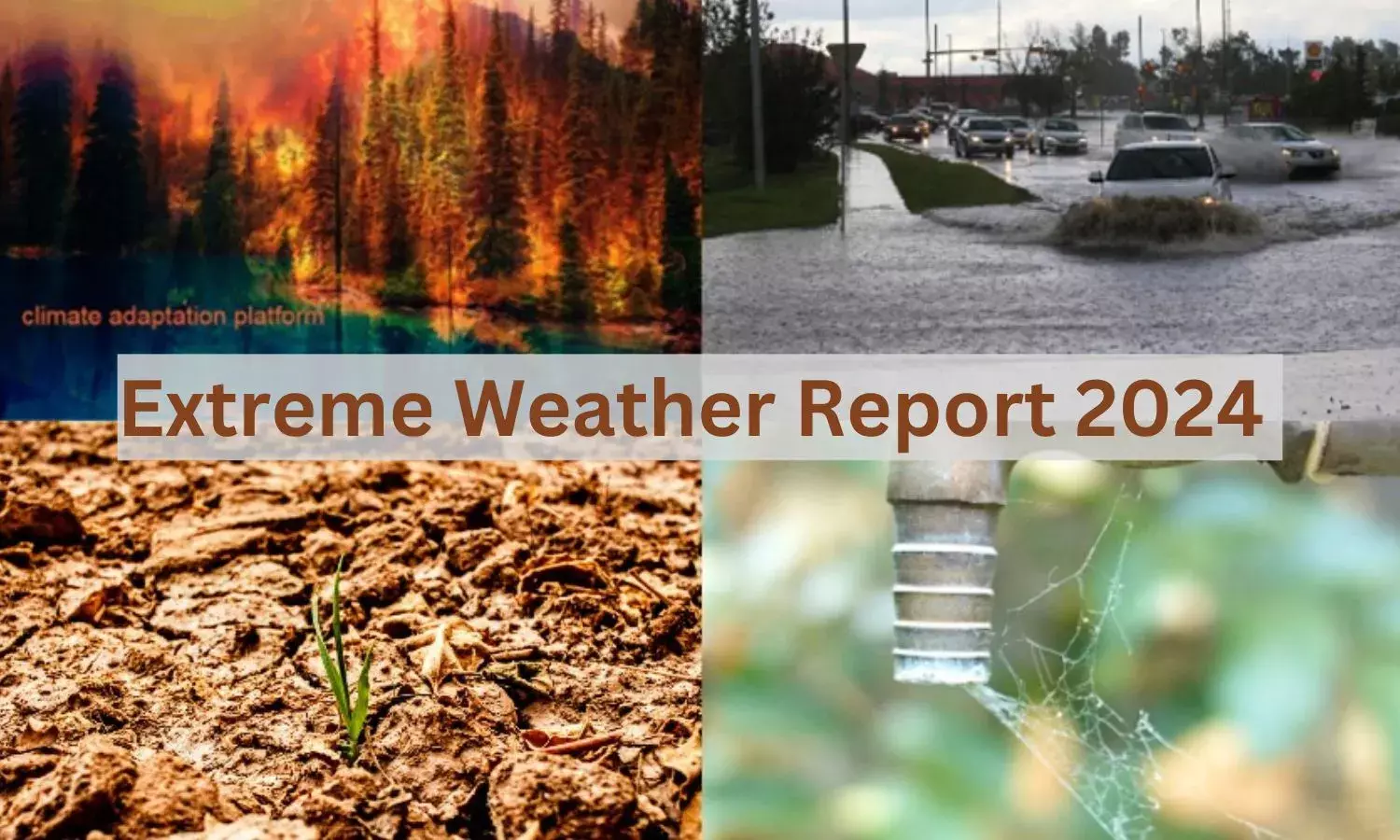Explainer: World Weather Report suggests shifting from fossil fuels
Due to climate change, the world has experienced an average of 41 additional days of dangerous heat in 2024;

World Weather report
Due to climate change, the world has experienced an average of 41 additional days of dangerous heat in 2024 that threatened people’s health, according to the new analysis by Climate Central. World Weather Attribution and Climate Central’s report titled “When Risks Become Reality: Extreme Weather In 2024” warns that every country needs to prepare for rising climate risks to minimize deaths and damages in 2025, and beyond. The analysis from World Weather Attribution and Climate Central researchers mentions extreme weather has reached dangerous new heights in 2024. The record-breaking temperatures have also been the cause of devastating events like heatwaves, drought, wildfires, storms, and floods that killed thousands of people and forced millions from their homes.

Climate change intensified about 26 of the 29 weather events that occurred in 2024, leading to the death of at least 3,700 people and displacement of millions. The heat also fueled heatwaves, draughts, fire, storms and heavy rainfall causing floods throughout the year. In total, 219 events met World Weather Attribution’s trigger criteria used to identify the most impactful weather events.
Many extreme events that took place in the beginning of 2024 were influenced by El Niño, a phenomenon linked to the increase in the sea temperatures inducing storms and drought. However, researchers found that climate change played a bigger role than El Niño in fueling these events, including the historic drought in the Amazon.
According to the report, hot seas and warmer air fueled more destructive storms, including Hurricane Helene and Typhoon Gaemi. Research also found that climate change increased the intensity of most Atlantic hurricanes between 2019 and 2023 – of the 38 hurricanes analysed, 30 had wind speeds that were one category higher on the Saffir-Simpson scale than they would have been without human-caused warming. Analysis by climate experts found that the risk of multiple Category 3-5 typhoons hitting the Philippines in a given year is increasing as the climate warms.
The report even suggests some of the resolutions for the year 2025. They are
- A faster shift away from fossil fuels – The burning of oil, gas and coal is the cause of global warming and the primary reason extreme weather is becoming more severe. Extremes will continue to worsen with the continuous use of fossil fuel. So, a quick move to renewable energy will help make the world a safer, healthier, wealthier and more stable place.
- Improvements in early warning – Weather disasters in 2024 highlighted the importance of early warning systems, which are one of the cheapest and most effective ways to minimize fatalities. Most extreme weather is well forecast, even in developing nations. Every country needs to implement, test, and continually improve early warning systems to ensure people are not in harm’s way.
- Real-time reporting of heat deaths – Heatwaves are the deadliest type of extreme weather. However, the dangers of high temperatures are underappreciated and underreported. Informing local journalists when emergency departments are overwhelmed is a simple way to alert the public that extreme heat can be deadly.
- Finance for developing countries – Developing countries are responsible for a small amount of historic carbon emissions, but as the research has highlighted this year, they are being hit the hardest by extreme weather. Ensuring developing countries have the means to invest in adaptation will protect lives and livelihoods, and create a stabler and more equitable world.

